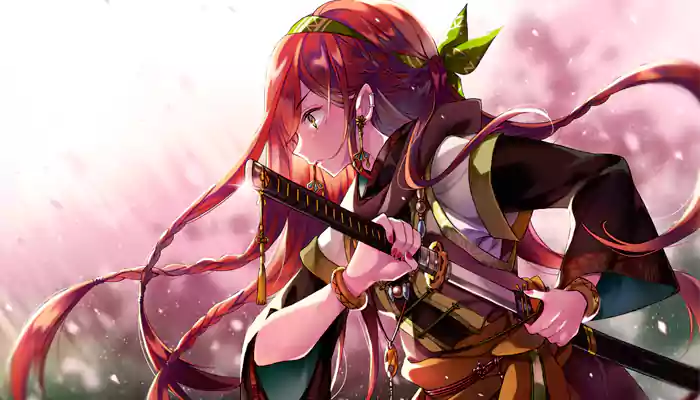- Home
- >
- Life Style
- >
- Anime vs. Western Cartoons: A brief discussion of cultural supremacy
Anime vs. Western Cartoons: A brief discussion of cultural supremacy
- Jayati
- 31 July, 2023
- 2 mins ago

Anime vs. Western Cartoons: A brief discussion of cultural supremacy
The discussion of cultural supremacy between anime and Western cartoons is subjective!
The world of animation is an ever-evolving landscape, with various styles and cultures contributing to its vibrant tapestry. Anime, originating from Japan, and Western cartoons have been at the forefront of this creative sphere for decades, captivating audiences young and old alike. However, when it comes to cultural supremacy, the debate rages on: Which reigns supreme?
Different strengths
First and foremost, it is essential to acknowledge that both anime and Western cartoons possess unique qualities and artistic merits. Anime often delves into profound storytelling, encompassing complex narratives that explore existential themes and emotional depth. Works like "Your Lie in April" and "Attack on Titan" exemplify the intricate and layered storytelling prevalent in the medium. Conversely, Western cartoons, such as "Avatar: The Last Airbender" and "Rick and Morty," incorporate humour and satire, providing commentary on societal norms and fostering relatability among viewers.
Socio-cultural standpoint
Cultural supremacy cannot be ascertained by sheer artistic value alone. It must be analysed from a socio-cultural standpoint as well. Anime, deeply rooted in Japanese traditions, reflects the values, beliefs, and historical context of its origin. Whether it's the subtle etiquette of "shinrin-yoku" (forest bathing) in "Princess Mononoke" or the celebration of perseverance and friendship in "Naruto," anime captures the essence of Japanese culture, offering global audiences an insight into a rich and diverse heritage. On the other hand, Western cartoons tend to have a broader scope, incorporating diverse cultural influences within their narratives. They often strive for inclusivity, showcasing characters from various ethnicities, backgrounds, and belief systems. Shows like "The Proud Family" and "Steven Universe" demonstrate how Western cartoons champion diversity, imparting invaluable life lessons about tolerance, acceptance, and self-empowerment.
Accessibility
Moreover, accessibility plays a pivotal role in determining cultural supremacy. While anime has witnessed significant global popularity in recent years, it still remains rooted in Japanese language and culture, necessitating subtitles or dubbed versions for non-Japanese speakers. Western cartoons, with their English-language dominance, possess an inherent advantage in reaching a larger audience. This accessibility allows for the diffusion of cultural values, fostering intercultural understanding, and appreciating diverse perspectives.
Unity in the midst of diversity
Both mediums offer unique storytelling approaches, tapping into their respective cultural origins and weaving tales that resonate with global audiences. Whether it's the profound introspection of anime or the societal commentary of Western cartoons, their supremacy lies in the beauty of their individual artistic expressions. Instead of pitting these mediums against each other, it is more productive to celebrate the rich diversity and creative brilliance that they collectively bring to the world of animation. Ultimately, it is through embracing these differences that we foster a more inclusive and culturally aware society.











